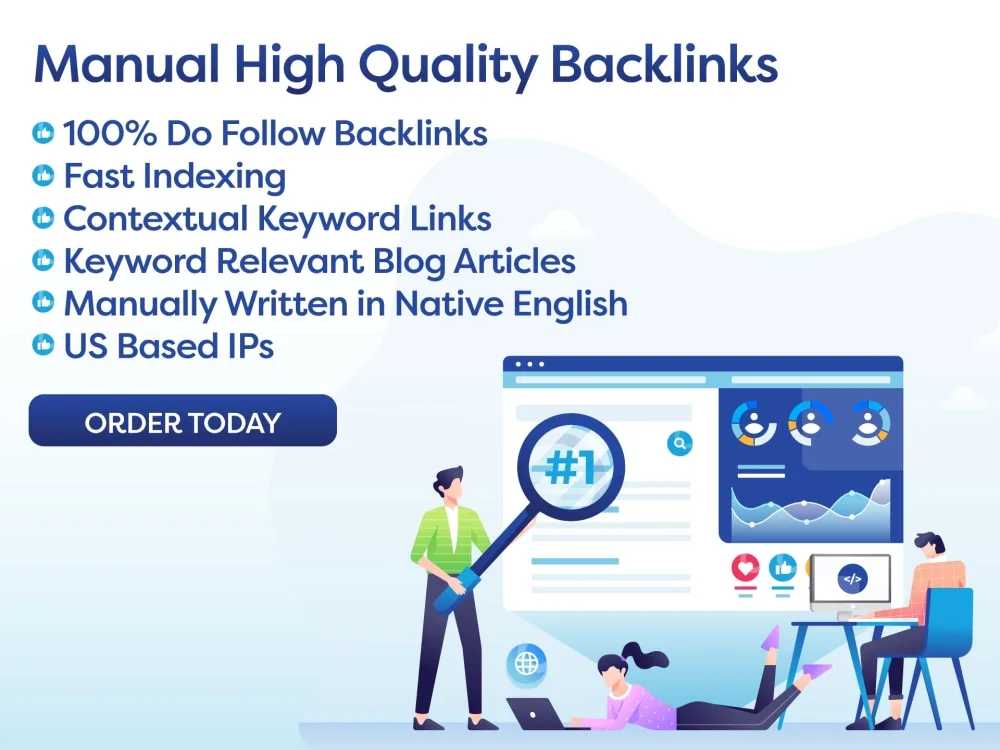For subfloor preparation professionals looking to boost their online presence, having a strong SEO strategy is crucial. This article provides valuable tips such as conducting keyword research, optimizing title tags and meta descriptions, creating high-quality content, and optimizing images with alt text and descriptive filenames. Long-tail keywords are also recommended for targeting niche audiences. Crafting compelling titles and meta descriptions is important to attract clicks from search engine users. By following these strategies and staying up to date with the latest SEO trends, subfloor preparation professionals can improve their website’s visibility, attract more clients, and stay competitive in the industry.
Are you a subfloor preparation professional looking to boost your online presence? With so much competition in the flooring industry, it’s essential to have a strong SEO strategy in place. In this article, we will provide you with valuable tips and tricks to help you improve your website’s visibility and increase your chances of attracting more clients.
Key Takeaways:
- Keyword Research: Conduct thorough research to identify the best keywords for your website.
- Optimizing Title Tags and Meta Descriptions: Craft compelling titles and descriptions that will attract clicks from search engine users.
- Creating High-Quality Content: Produce informative and engaging content that will keep visitors on your site.
- Optimizing Images: Use alt text and descriptive filenames to improve the visibility of your images in search results.
Keyword Research
Identifying the Best Keywords
When it comes to SEO, keyword research is key. Start by identifying the top keywords related to subfloor prep and flooring contractors. Use tools like Google Keyword Planner to discover high-volume keywords with low competition. Incorporate these keywords naturally into your website content to improve your chances of ranking higher in search results.
Long-Tail Keywords
Don’t forget to include long-tail keywords in your SEO strategy. Long-tail keywords are longer, more specific phrases that target a niche audience. For example, instead of targeting “subfloor preparation,” you could focus on “best subfloor preparation techniques for hardwood floors.” Long-tail keywords tend to have lower competition and higher conversion rates.
Optimizing Title Tags and Meta Descriptions
Crafting Compelling Titles
Your title tags are one of the first things users see in search engine results. Make sure your titles are descriptive, engaging, and include your target keywords. Avoid generic titles like “Subfloor Preparation Services” and opt for something more specific and attention-grabbing like “Expert Subfloor Preparation Techniques for Vinyl Flooring.”
Writing Persuasive Meta Descriptions
Your meta descriptions provide a brief summary of your page content. Use this space wisely to entice users to click through to your site. Include your target keywords and a clear call to action to encourage visitors to learn more. Keep your meta descriptions under 160 characters to ensure they display fully in search results.
Creating High-Quality Content
Informative Blog Posts
One of the best ways to improve your SEO is by creating high-quality, informative blog posts. Share your expertise with your audience by writing detailed guides, how-to articles, and industry news. Remember to optimize your content with relevant keywords and internal links to other pages on your site.
Visual Content
Don’t forget about the power of visual content. Use images, videos, and infographics to enhance your website and engage your visitors. Make sure to optimize your images with descriptive filenames and alt text to improve their visibility in search engine results.
Optimizing Images
Alt Text
Alt text is essential for SEO, especially for images on your website. Alt text provides a textual description of your images, making them accessible to visually impaired users and improving your site’s overall SEO. Make sure to include relevant keywords in your alt text while keeping it descriptive and accurate.
Descriptive Filenames
When saving images for your website, use descriptive filenames that include keywords related to your content. Avoid generic filenames like “IMG1234.jpg” and opt for something more specific like “subfloor-preparation-techniques.jpg.” Search engines use filenames to understand the content of your images, so make sure to optimize them for SEO.
Action Plan
Now that you have a better understanding of SEO for subfloor preparation professionals, it’s time to put your knowledge into action. Start by conducting thorough keyword research and optimizing your title tags and meta descriptions. Create high-quality content that will attract and engage your audience, and don’t forget to optimize your images with alt text and descriptive filenames. By following these tips, you’ll be on your way to improving your website’s visibility and attracting more clients.
Conclusion
SEO is a powerful tool for subfloor preparation professionals looking to enhance their online presence. By implementing the tips and strategies outlined in this article, you can take your website to the next level and attract more clients. Remember to stay up to date with the latest SEO trends and continue to refine your strategy to stay competitive in the industry.
FAQs:
What are the best practices for optimizing images for SEO?
Optimizing images for SEO involves using descriptive alt text, filenames, and captions. Make sure to include relevant keywords in your alt text and filenames to improve your images’ visibility in search engine results.
How can I improve my website’s visibility in search engine results?
To improve your website’s visibility in search engine results, focus on creating high-quality content, conducting keyword research, and optimizing your title tags and meta descriptions. Regularly update your website with fresh, engaging content to attract more visitors.

